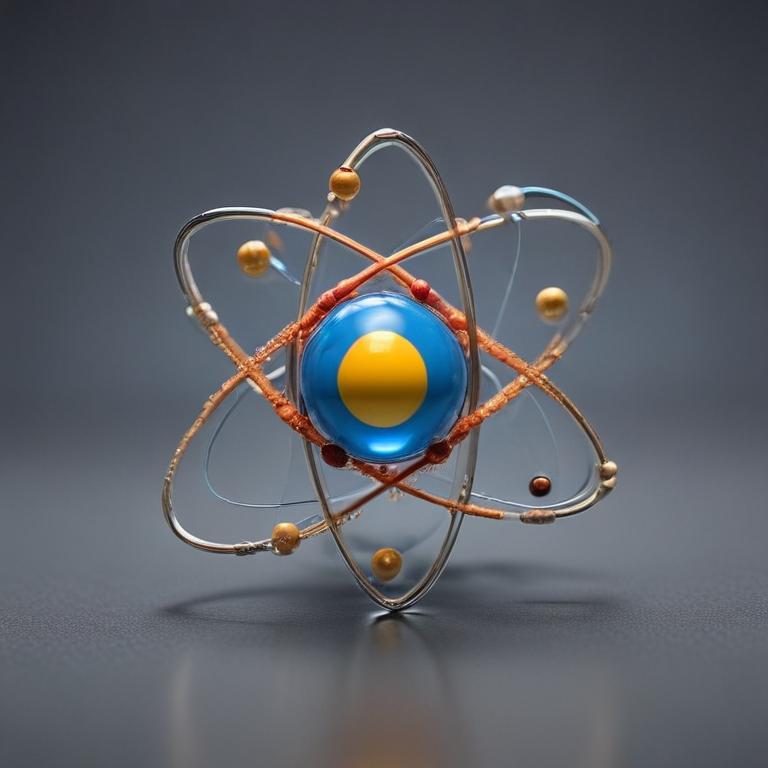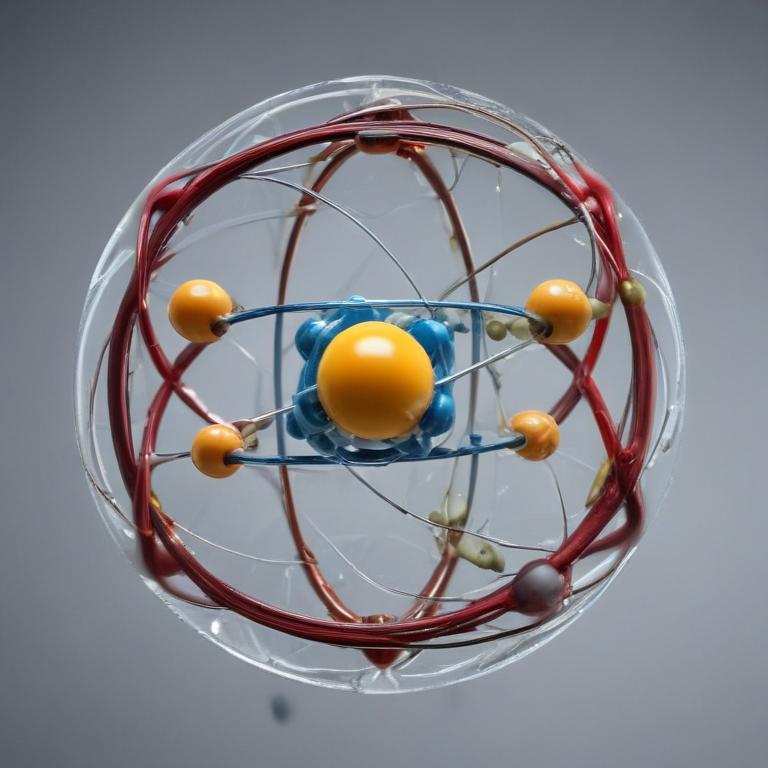发音 (Pronunciation):
IPA: /ˈætəm/
中文近似: '艾特姆'
中文意思与词性 (Meanings & Part of Speech):
- 原子,物质的基本单位 (n.)
- 信息待补充 (信息待补充)
例句 (Examples):
1. An atom is the smallest unit of matter.
(原子是物质的最小单位。)
2. Atoms combine to form molecules.
(原子结合形成分子。)
用法提示 (Usage Tip):
注意原子与分子的区别,原子是单一的基本单位,而分子是由两个或多个原子结合而成的。
更多关于 "atom" (More about "atom")
单词来源 (Etymology)
这个词来源于希腊语 'atomos',意为“不可分割的”。
词根词缀解析 (Root & Affix Analysis)
词根词缀解析待补充。
“atom”的字母与词根个性化解读
字母象形/引申义 (个性化参考)
- 字母 'a' 的象形或引申含义可能包括: 牛角 (象形: 牛头, 力量, 能力); 下面宽上面尖 (形状) -> 延伸, 远处, 高处, 方向, 指示。
- 字母 't' 的象形或引申含义可能包括: 顶端 -> 记号/标志; 手杖 -> 抓 -> 手 -> 伸展 -> 指示代词; 支撑 -> 站立; 三叉 -> Tr转换/转; 分叉; 音变: T=D=S=TH。
- 字母 'o' 的象形或引申含义可能包括: 眼睛/嘴 (圆形) -> 张开, 转动; 圆柱; 音变: A=E=I=O=U=W=Y。
- 字母 'm' 的象形或引申含义可能包括: 山 (象形) -> 高大, 连接; 手 (男人劳动); 命令; 凸起 (嘴); 思维; 水面波纹; 音变: M=N=L=R; M=B=P=F=V。
学习提示:以上针对单词 atom 的字母和词根解读,主要基于提供的特定象形及词根资料。这些提示旨在启发联想,而非绝对定论。更通用的记忆规则和原则请参考首页。英语词源复杂多变,实际应用中请结合更全面的词源词典和语言学知识进行深入学习。
常用词组 (Common Phrases)
- atomic energy: 原子能
- atomic mass: 原子质量
其他语言 (Other Languages)
- 德语: Atom
- 法语: atome
字母整体创意联想
单词 atom 的形状像一个小球体,代表原子的基本特性。
逐字母创意解读
中文谐音助记
‘atom’可以联想到‘爱通’——爱是最基本的情感,像原子一样构成了我们的世界。
相关电影/名言
"The universe is made of stories, not atoms."
(宇宙是由故事构成的,而不是原子。)
- 《信息待补充》(信息待补充)
趣味知识/故事
原子理论的提出是科学史上的重要里程碑,使我们对物质的理解有了根本性的改变。
拓展信息
原子是化学的基础,理解原子结构对学习化学反应非常重要。
在现代物理学中,原子被认为是由质子、中子和电子组成的复杂系统。
网络参考 (More about "atom" from the Web)
Atom
Atom is a desktop application built with HTML, JavaScript, CSS, and Node.js integration. It runs on Electron, a framework for building cross platform apps using web technologies.
Atom | Definition, Structure, History, Examples, Diagram, & Facts ...
Atom, smallest unit into which matter can be divided without the release of electrically charged particles. It also is the smallest unit of matter that has the characteristic properties of a chemical element. As such, the atom is the basic building block of chemistry.
Atom - Wikipedia
An atom consists of a nucleus of protons and generally neutrons, surrounded by an electromagnetically bound swarm of electrons. The chemical elements are distinguished from each other by the number of protons that are in their atoms. For example, any atom that contains 11 protons is sodium, and any atom that contains 29 protons is copper.
更多图片 (atom More Images)

